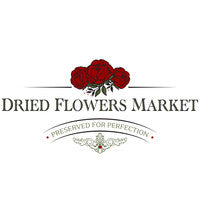Description
COMMON NAME Standardized: sunflower petals
BOTANICAL NAME Helianthus annuus Plant Family: Asteraceae
INTRODUCTION
The sunflower petals is a summer annual best known for its large daisy-like flowers which can produce several hundred seeds each. The name is derived from the the Greek words helios (sun) and anthos (flower). One reason for this name is that the flowers are heliotropic; they bend towards the sun. In Greek mythology, the sunflower came to be because of a water nymph who was in love with the sun god Apollo. When he did not return her affections, she watched him from dawn to dusk, and soon her hair transformed into golden petals; her face, into the center of the flower, and her body, into the stem. The sunflower is believed to be native to North America, but the plant grows in many areas today including Europe and Central America. The seeds are the most commonly used part of the plant and are usually collected in the fall.
PARTS USED
Dried petals
TYPICAL PREPARATIONS
The petals can be made into an infusion that can be taken internally or used in the bath and their bright appearance makes a lovely contribution to most any creation. Sunflower petals are also used as ingredients in soaps, bath bombs, candles, potpourri, confetti, etc.
SUMMARY
Native Americans are believed to have used the sunflower for more than 3000 years before the plant was introduced to Spain in 1514.Spain introduced the sunflower to the rest of Europe in the 16th century, but it was not until the 18th century that it was widely cultivated for its oil production. Sunflower petals are often used for their decorative element in crafts such as soap and paper making. They produce a dye that ranges in color from golden yellow to orange which is used as a natural fabric dye. Sunflower seeds, often eaten raw or roasted, are a good source of protein and Vitamins D, E, K, and B. Sunflower oil is common in margarine, and it is also used cosmetically in massage oils and other products.
PRECAUTIONS
Specific: Sunflower petals may cause an allergic reaction in people who are sensitive to the Asteraceae (Ragweed) plant family.
General: We recommend that you consult with a qualified healthcare practitioner before using herbal products, particularly if you are pregnant, nursing, or on any medications.
For educational purposes only This information has not been evaluated by the Food and Drug Administration. This information is not intended to diagnose, treat, cure, or prevent any disease

